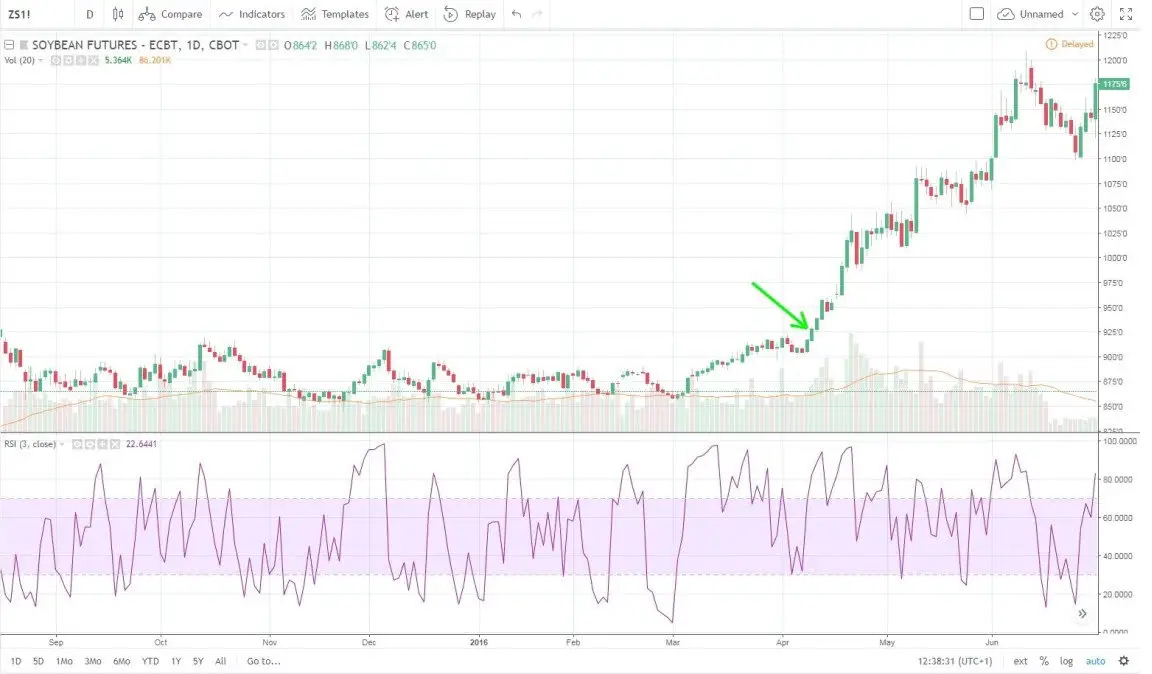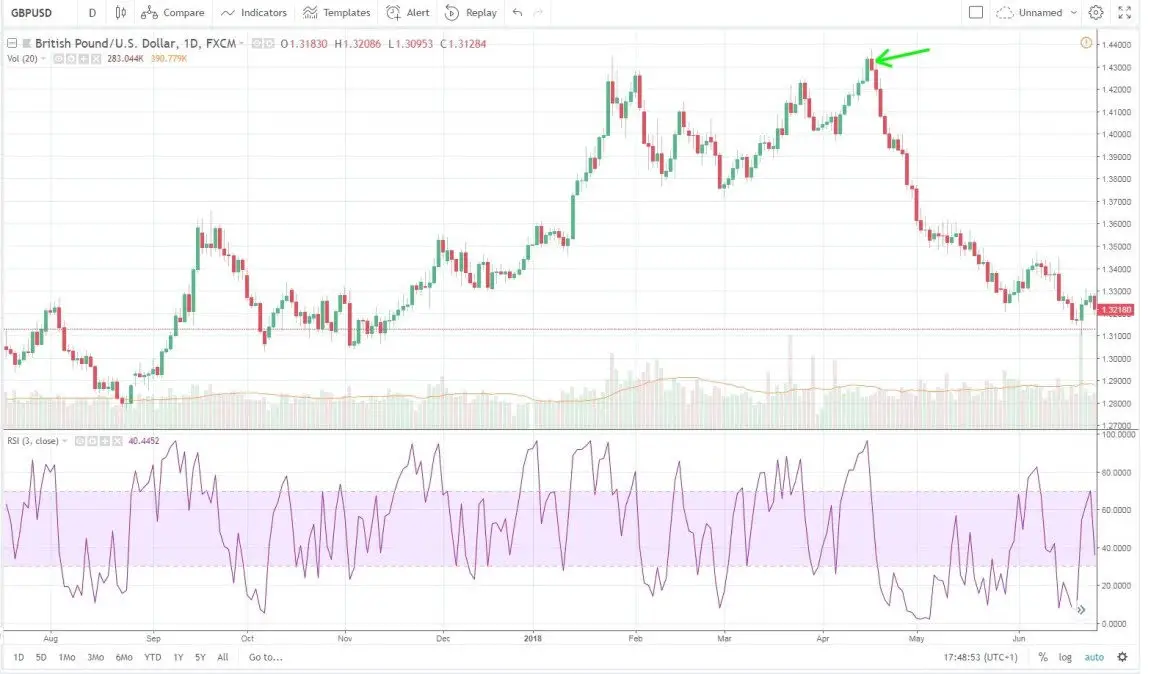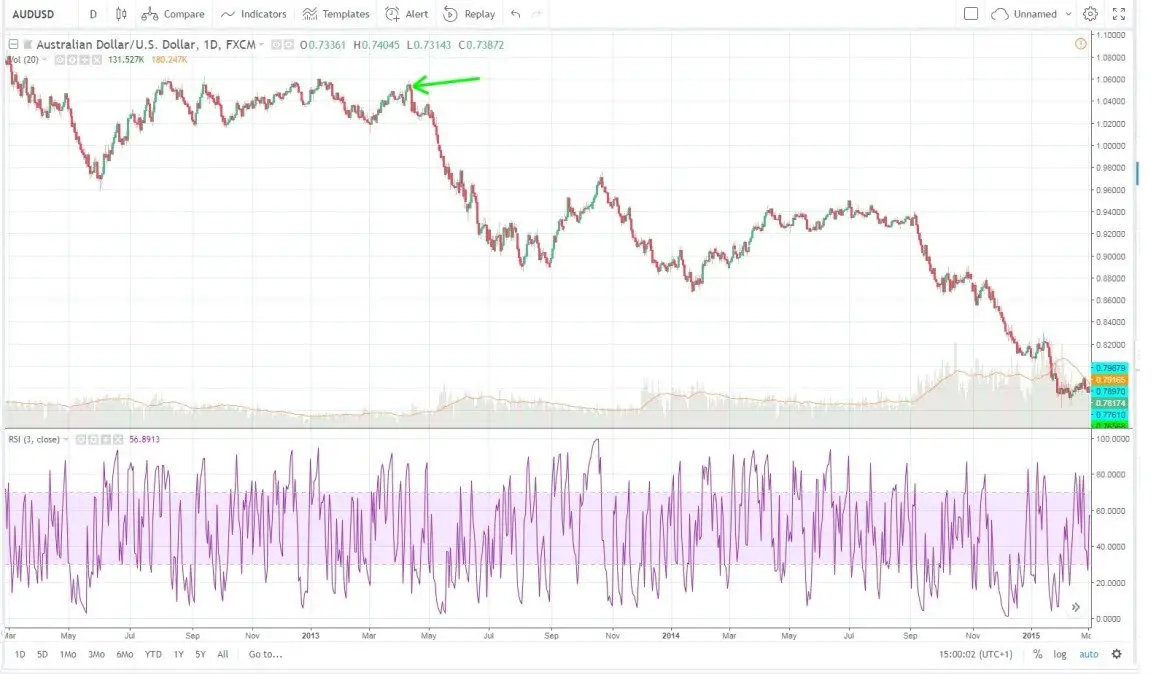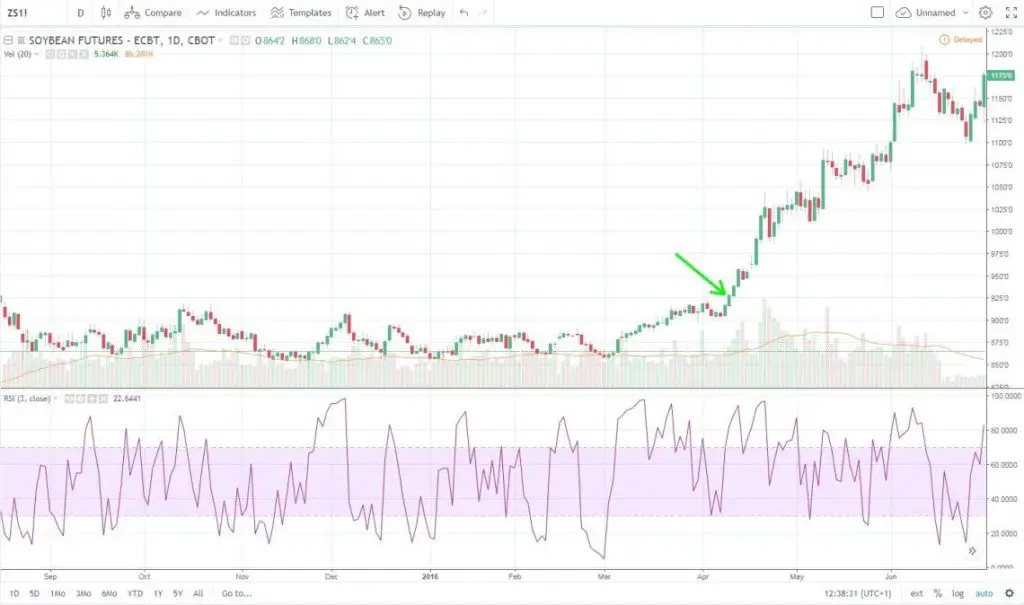This is a Guest Post by Miad Kasravi @ZFXtrading of speculatorstrading.com.
If you ever decided to task a robot to complete a rule based action, it is as easy as providing it with the formula; A+B=C. It’s straightforward and your creation will work flawlessly every time. When it comes to tasking human beings however, it’s remarkably different. For us humans to respond to specific rules, we need to have a deep understanding and find purpose in it. If not, we lose grip of the purpose of that rule and that rule gets questioned, we fall apart in the decision making process.
Kids learn at school that if you add 1 apple to another apple, you’ll have 2. Add another 1 and you have 3. Take 2 away and you only have 1. How is that any different than a trading account’s profit and loss? Kids learn on an empirical level what profit and loss means. They will not move away from that logic should their premise get questioned. Learning trading methods isn’t any different. Educators, and myself included, sometimes fall short creating an environment where eager students get the opportunity to trust and believe in a proven formula and trading strategy. The logic just gets thrown at you and you’re expected to perform like a robot. If you were given deep understanding and feeling for the logic, as a trader you’ll find it easier to stick to your guns when your premise gets questioned. Once you are in a trade using the trusted formula, regardless of market reaction, your faith in that trade will not budge, because 1+1=2.
Probability and technical based trading calls for relentless, robot-like faith from the trader in their method. Compounding the challenge is the fact that they are analyst and trader in 1 person. So if their analysis has cracks in it, their trading execution will be flimsy. Speculative trading is less probability and more logic. For instance, if an oil field in Nigeria shuts down and production comes to a halt, there will be less oil available to buy, but not less buyers. A Speculator’s logic dictates that lower supply with consistent demand equals higher prices. It’s more of a market dynamic than a fancy line drawn on charts. It’s information based trading where the ability to understand facts and translate them into price is a key speculator’s skill.
You don’t need an economic degree, CFA, PhD in social psychology or anything else to participate as a speculator. You just need the ability to read, and since you’re capable of reading this article, you have your bases covered. Speculators rely on information and information only. It’s logic driven, here is a real life example from a friend of mine many years ago;
In a high risk flood area in Yorkshire. Properties were exchanged rarely and well under market price. The risk of flooding were quite substantial and discounted into the home prices in that particular area.
My friend was active but undercapitalised in the property market. Buying smaller flats, marking them up and selling them again. He read in the local newspaper that the council in that area are setting plans in motion to mitigate flood risks. Basically building structures and limiting risks of flooding. That was information available to everyone but he acted on it and started accumulating properties that were trading at a discount. Bare in mind at that time angst across home owners and real estate agents was at an all time high. The psychological barrier of buying a property or an asset for that matter that has been so risky and under appreciated for so long is too great to be overcome by most people.
Not long after the council’s constructions were in place. His holdings ballooned in value. Making a killing on a return for him. It changed his fortunes for the better. Simply by capitalizing on solid information. Trading with a solid logic breeds confidence, that’s all you really need, 1+1=2.
It’s very rewarding putting 1 and 1 together to arrive at a logical outcome that generates an income. There are endless such opportunities in the financial markets, my eCourse available below encourages you to explore these dynamics and make them work to your advantage.
In 2017, Argentina suffered from serious drought problems. So much so that 50% of their soy crops went to waste that year. Given that Argentina is one of the biggest exporters of soy beans, this loss of supply had devastating effects on the economy. But what about the cows? They don’t care there is a shortage of soy beans. They still need fodder to produce milk and dairy products and you still need your milk for your porridge-topped blue berries drizzled with chocolate sauce.
So there is a clear global soy bean supply shortage, and no nation is big enough or quick enough to plant soy beans in order to mitigate the supply shortfall. It takes time to cultivate land and crops to harvest soy beans. In a nutshell, less supply and consistent demand calls for immediate repricing higher. Unsurprisingly, soy bean future contracts rallied relentlessly. Below is a snapshot of the chart when the news broke effecting soy bean futures.

The news broke out around April 2017. The subsequent articles in the press made it apparent that the risk of supply constraints were materializing against a consistent demand. Producers, Investors, hedge funds, and speculators all had access to the same information. They latched on to the story and accumulated soy bean contracts to profit from a one sided market dynamic.
At the start of 2018, the market was bracing for an accelerated interest hike cycle by the Bank of England (BOE). Such a scenario greatly benefits the British pound (GBP) against all other currencies including the U.S. dollar (GBP/USD positive). However, the head of the BOE Mark Carney cautioned in a speech that further hikes are not a done deal. What followed was an unwind of a crowded GBP accumulation by market participants in anticipation of increased hikes that caused GBP/USD to tank. Quite understandably, owners of long positions had no incentives to hold any further. Subsequent selling, cascaded prices way lower. Here is the visual representation.

Andy, a student of mine, described trading with my ‘Speculators’ method as:
Having the freedom of time and a stress free mind. To let trades come to you, for stories to develop and themes to play out. The next trade picks me, not the other way around. I don’t need to check my charts several times a day looking for opportunities. I look for information opportunities first, charts second.
In 2013, George Soros was shorting AUD/USD because he was convinced RBA has to cut rates. He wasn’t guessing, he understood that the Reserve Bank of Australia was boxed into a corner. They were forced to stimulate the economy by offering cheaper credit and thus devaluing (as it was one of the most overvalued currencies at the time) Australian Dollar by printing more money. AUDUSD chart:

A close technical trading friend discovered that his best trade last year was not a support line bounce. Rather, Turkey’s political turmoil and subsequent equity outflows resulting in a 10% decline in the Turkish Lira. Global investors continued to sell their Turkish bonds and assets and move money out of the country at a rapid pace. Selling Lira to obtain USD drove the pair up, USDTRY chart:

There are endless price fluctuations across all financial instruments. Each one of them are bound to a logical development that influences an asset holder’s decision to buy or sell. Sometimes sentiment is contested and long periods of consolidation ensue. Other times one side is too crowded, and without new incentives to add to their positions, they cover and cause a total reversal. Some rare times something breaks, someone says something or a new development changes how an asset is valued. This truly sums up the folly we call markets.
The Yorkshire property price spike following the council’s decision, and soy bean futures rally after the Argentinian drought, and Soros’s bet on a forced RBA rate cut, and Turkish unstoppable outflows, all created opportunities for speculators to take up and hold positions. Believe in the logic of market dynamics. Just as kids in school believe 1+1=2, it all makes sense.
The chance of winning increases dramatically and the feedback is seen in your trading account. Intend to broaden your view of the field and explore these inevitable dynamics, it will guarantee your trading prosperity for years to come.
Trading my Speculators method is not a strategy, it’s a formula. Place the correct components into the equation and you will always get the correct results. It’s quite calming to know there is a reliable method that has, and continues to produce desirable results month after month, quarter after quarter, adding to that the benefit of stress free trading as you await the next trade idea to mature. That doesn’t constitute to catching every single market move or never losing a trade. However, it does keep you on the right side of flow and most importantly, you board the money train when it is ready to depart.
Financial markets create a constant sense of urgency. Fast money and nervousness drives weak hands in and out of positions. In turn, this drives liquidity and commission for brokers. How would one eager trader like yourself, dear reader, break this vicious cycle and manage positions in line with robust information? I’m touching on the issue of not holding onto good and sound trade ideas. I am certain every trader, at one point, beat themselves up about not holding a position longer and closed too early. It is easy to criticize in hindsight, but when in the middle of the fray, logic can easily go out the window and be replaced with instinctive protectionist behavior, resulting in closing a winning trade before it really takes off. We forget that A+B=C, we are human, not robots, and that’s why you need a trusted Speculator’s formula, not just a vague strategy.
Visit www.speculatorstrading.com for more articles, 3 Month training eCourse and actionable insights.

